Name this Freshwater Fish!
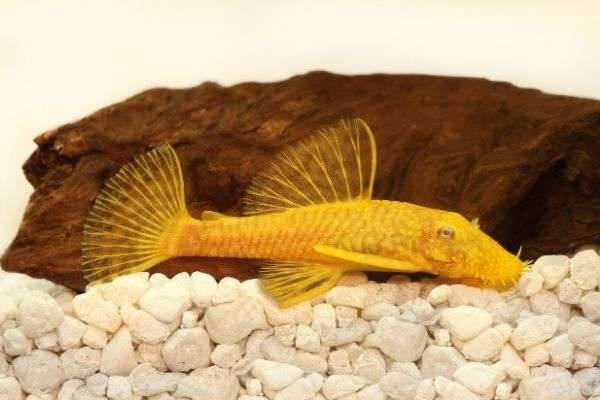
Males Grow "Bristle Beards" to Impress Ladies (Or Fight Rivals)! Male Bristlenoses sport wild, tree-like tentacles on their snouts—the bigger the "beard," the higher their status! Females and juveniles have smaller or no bristles. Scientists think these fleshy branches: Attract mates (like a peacock’s tail) and Scare off rivals (males headbutt each other!). They help with algae but need extra veggies/protein to thrive.
Name this Freshwater Fish!
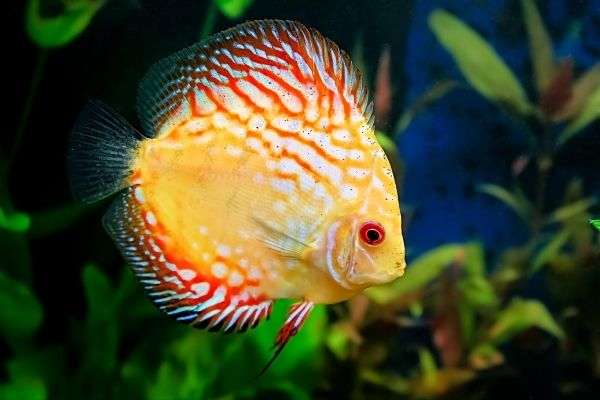
Discus Parents Feed Their Babies with Skin Mucus! Unlike most fish, discus fry (babies) nibble on a special nutrient-rich mucus secreted from their parents’ skin for the first few weeks of life—a behavior called "discus milk." This helps them grow strong and is one of the most unique parenting strategies in the fish world! A bare-bottom tank is easier to clean, but discus love the security of driftwood and tall plants like Amazon swords.
Name this Freshwater Fish!
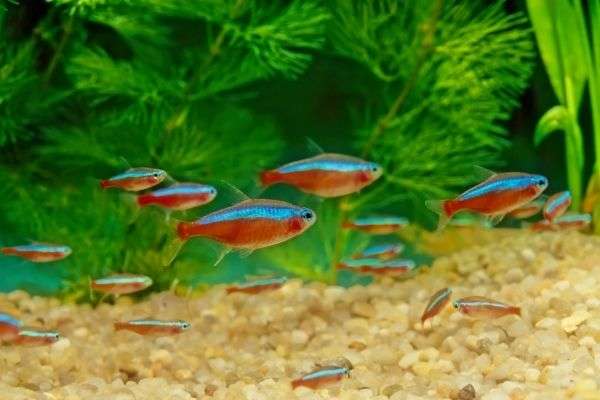
Neon Tetras Glow Under UV Light – Their bright blue and red stripes fluoresce due to special pigments!
Name this Freshwater Fish!
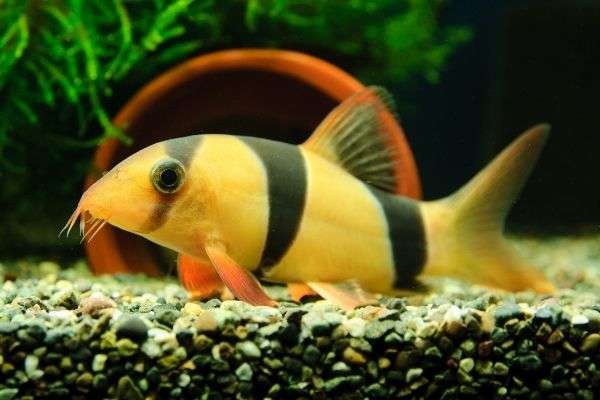
They "Talk" by Clicking & Playing Dead! Clown loaches make loud clicking sounds (audible outside the tank!) by grinding their pharyngeal teeth—usually when excited or arguing over food. But their wildest trick? They’ll flip upside down and play dead to scare off predators (or freak out their owners!). Don’t panic—they’re just dramatic! They need 75+ gallons as adults and live 20+ years—plan accordingly!
Name this Freshwater Fish!
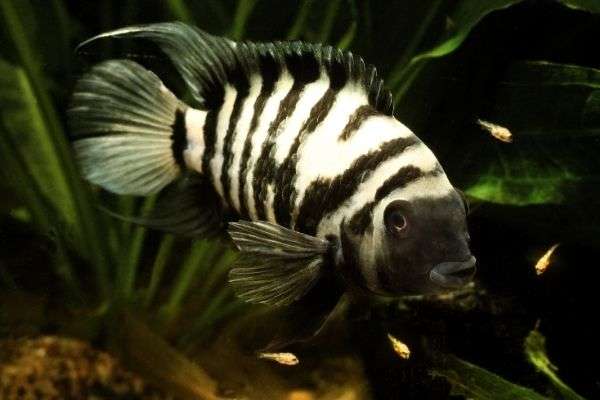
They’re "Salt-Tolerant" Freshwater Fish! Unlike most livebearers (like guppies or platies), Cuban limias thrive in slightly brackish water—something rare for a fish native to freshwater streams. In the wild, they’re often found in coastal areas where rivers meet the sea, so they can handle low salinity levels (1.005–1.010 SG). They do best with a pinch of aquarium salt (1 tsp per gallon) but can live in pure freshwater too.
Advertisement
Name this Freshwater Fish!

Distinctive Feature: Jewel-toned colors and intricate fin patterns (each species is unique). Fun Fact: Males build bubble nests under leaves and woo females with zigzag dances.s Freshwater Fish!
Name this Freshwater Fish!
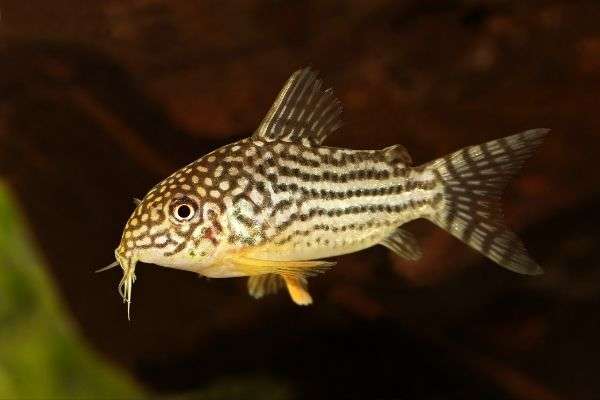
Corydoras "Pirouette" to Breathe Air! These little armored catfish have a secret survival trick: They can gulp air from the water’s surface and absorb oxygen through their intestine! You’ll often see them dart up, take a quick breath, and then zip back down—a behavior called "aquatic surface respiration." Keep them on soft sand (not gravel) to protect their delicate barbels from damage.
Name this Freshwater Fish!
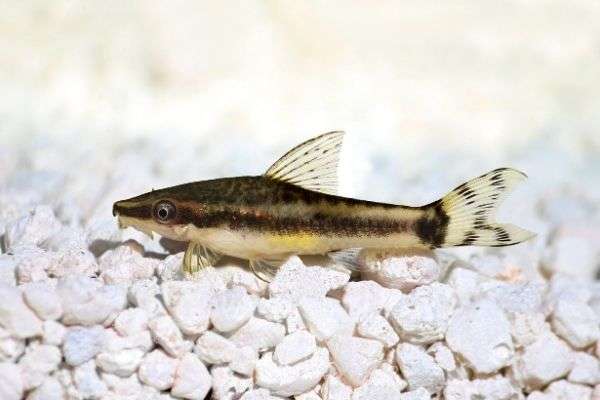
"Otos" Stick to Surfaces Like Tiny Suction Cups! Their mouths are specialized for clinging to glass, plants, and decor while they graze on biofilm and soft algae. They even have a modified digestive system to break down tough plant matter! One of the smallest catfish (usually 1–2 inches), yet a single oto can clean an entire leaf without damaging it. Many otos starve because they’re added to algae-free tanks. Always supplement their diet!
Name this Freshwater Fish!
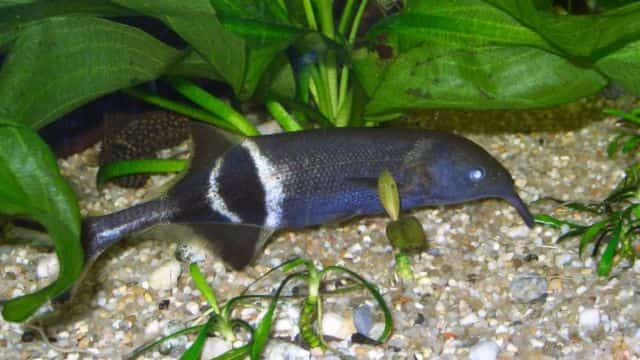
Distinctive Feature: Uses weak electrical pulses to navigate and communicate in murky African rivers! Fun Fact: Their "trunk" is actually a sensitive chin appendage used to hunt worms in the dark.
Name this Freshwater Fish!
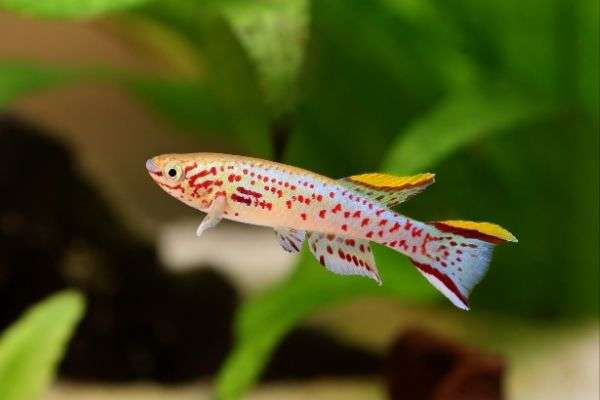
Males of species like the Golden Wonder Killifish (Aphyosemion australe) glow in metallic blues, reds, and oranges to impress females. Global Nomads – Found on every continent except Australia & Antarctica, often in tiny puddles or rice fields! Short but Spectacular – Annual killifish live just 6–12 months in the wild, but their rapid life cycle makes them fascinating to breed. Certain species (like annual killifish) lay eggs in mud that go dormant when their habitat dries up, hatching only when rains return—a trick called "diapause." Scientists even mail killifish eggs in damp peat moss because they’re so tough!
Advertisement
Name this Freshwater Fish!

Distinctive Feature: The world’s smallest pufferfish (1 inch max!) with big personality. Fun Fact: They’re obsessive snail hunters—their beaks crack shells like nutcrackers!
Name this Freshwater Fish!
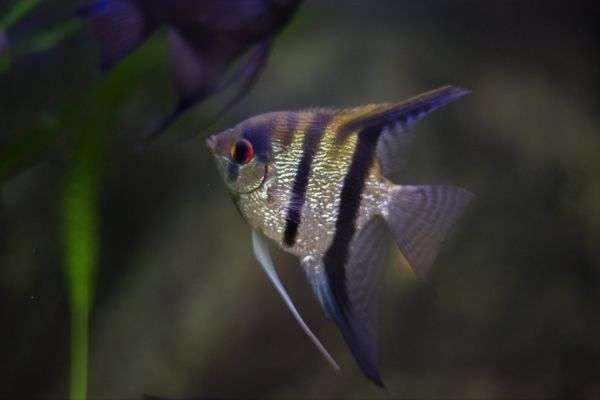
Angelfish Pairs Form "Nuclear Families" & Raise Fry Together! These cichlids are devoted parents—they carefully clean a flat leaf or slate, lay eggs, and both parents guard the brood, fanning them with their fins. If a fry strays, they’ll gently pick it up in their mouths and spit it back into the group! Keep them in tall tanks (they need 18+ inches of height) with soft, acidic water for best colors.
Name this Freshwater Fish!
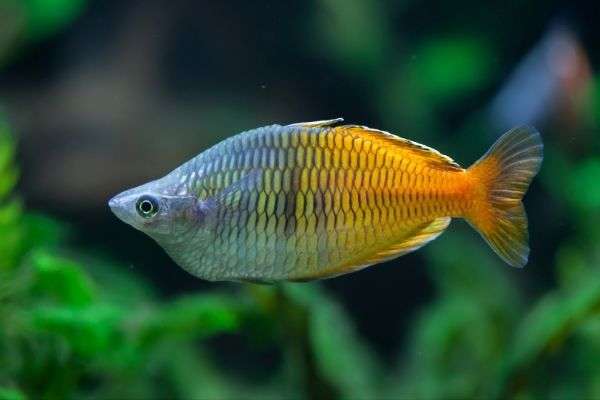
There are 2 species of Rainbowfish-Boesemani rainbowfish and the Madagascar rainbowfish. This is a picture of the Boesemani Rainbowfish (Melanotaenia boesemani). Two-Tone Brilliance – Males have a vivid electric blue front half and a bright orange-to-yellow back half, as if dipped in paint! Females are more silvery but still shimmer. They are found only in a few lakes in West Papua (Indonesia), they thrive in warm, plant-filled waters.
Name this Freshwater Fish!
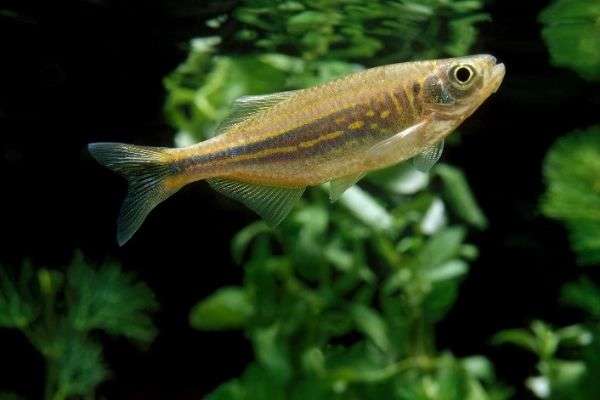
Zebrafish (Danio rerio) Help Cure Human Diseases! These tiny striped fish are scientific superheroes—their transparent embryos and fast breeding make them ideal for genetic research. Scientists have used zebrafish to study: Cancer (tumor growth), Heart disease (regeneration of heart tissue) , Alzheimer’s (neuron development) In fact, they share 70% of human genes!
Name this Freshwater Fish!
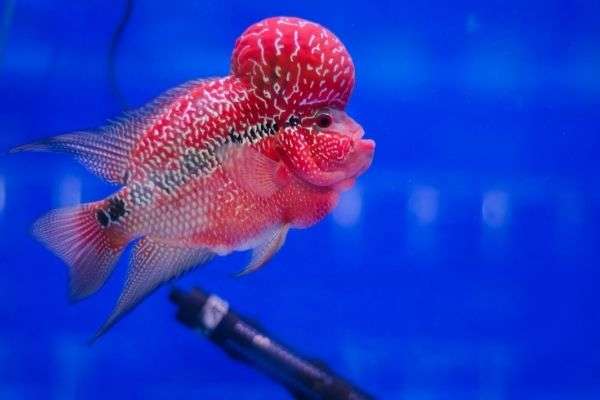
Their "Kok" (Head Bump) is Like a Status Symbol! The massive nuchal hump (or kok) on a Flowerhorn’s forehead isn’t just for looks—it’s a fat reserve and a sign of dominance. In Asian cultures, a bigger kok is believed to bring good luck and fortune, which is why prized specimens sell for thousands of dollars! Flowerhorns need high-protein diets (think pellets, shrimp, even occasional worms) and tons of space (75+ gallons).




